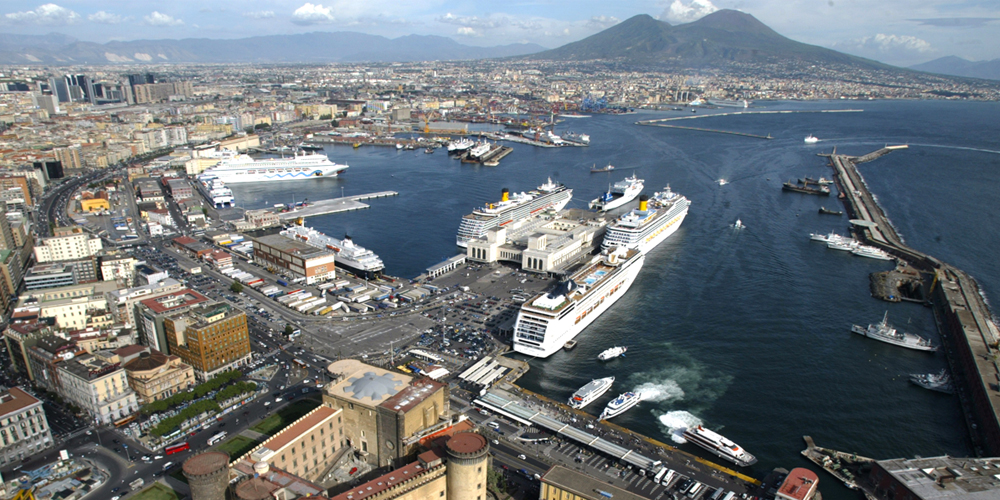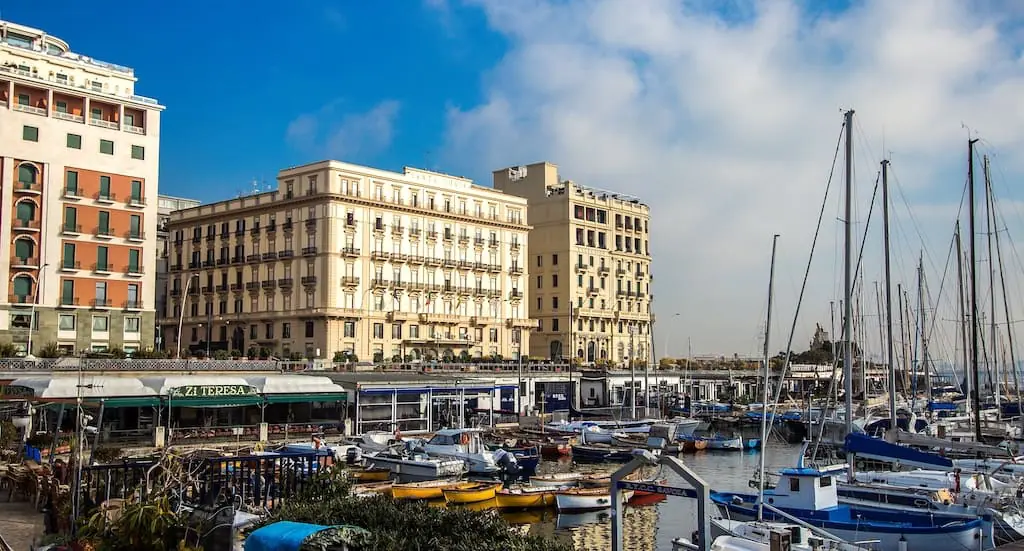Cruise with a stopover in Naples This destination combines the charm of the sea, the richness of culture and breathtaking views.
Arriving in Naples by sea, you will be immediately struck by the spectacular view of the Gulf, with Vesuvius rising on the horizon and the colorful houses climbing the hills. A stopover in Naples is a unique opportunity to immerse yourself in its history and culture.
Explore the historic center, a World Heritage Site, visit the ruins of Pompeii and admire the works of the National Archaeological Museum. Piazza del Plebiscito and Spaccanapoli will leave you speechless with their beauty.
Naples is also famous for its cuisine: pizza, sfogliatella, Neapolitan coffee and fresh fish dishes make every meal an unmissable experience. Between markets and trattorias, the local gastronomy is a journey in itself.
This stopover in Naples adds a special touch to your trip, combining history, art, cuisine and natural beauty for unforgettable memories.




























